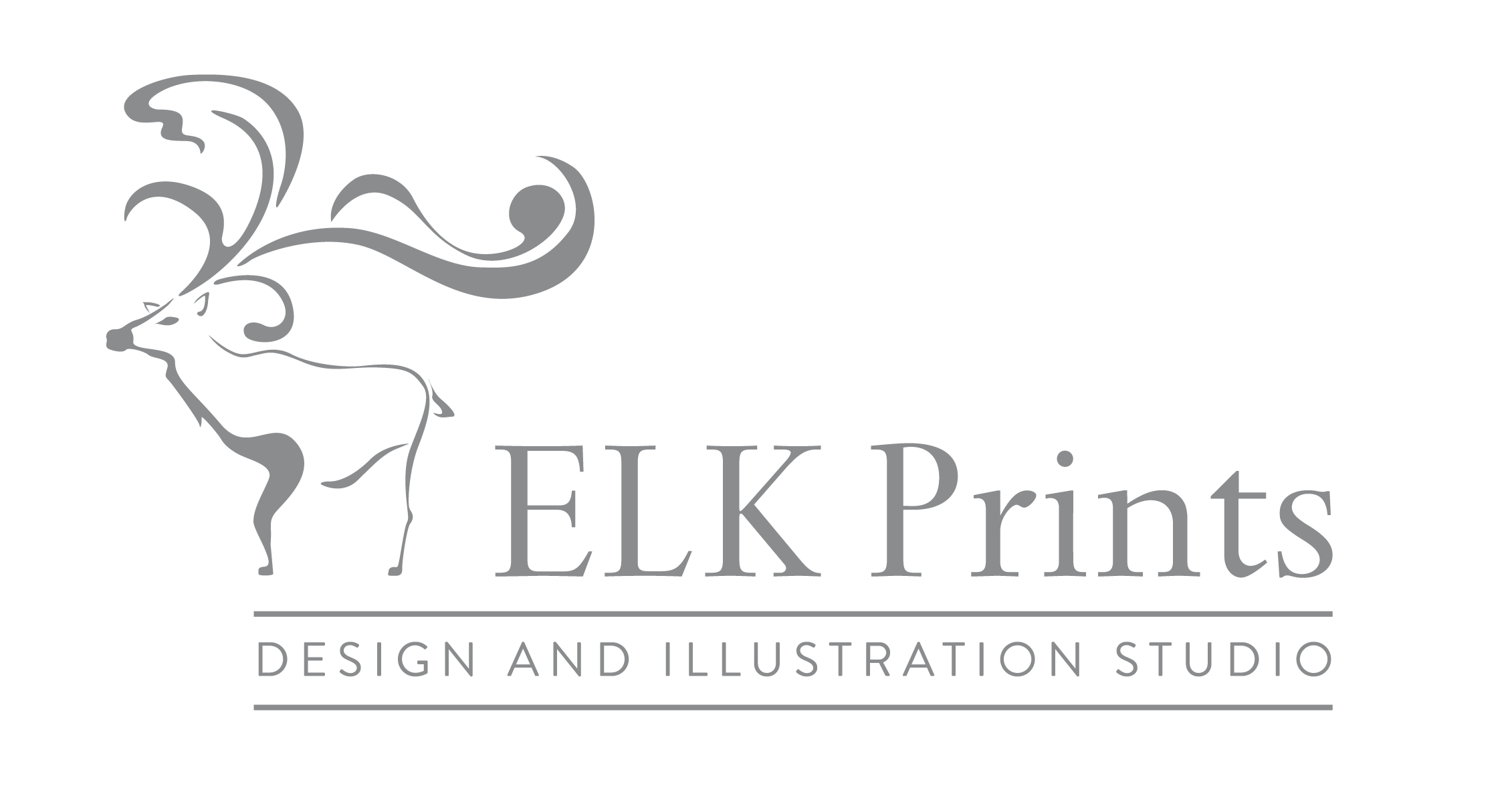5.3 Ekphrasis and the City

“City and style, object and evocation quickly take on aspects of one another as the urban environment shapes an aesthetic perception, which in turn produces a new form and vision of the city. The city is the locus of modernism, and each aspect of city life seems to generate or demonstrate a characteristic of this artistic movement” (Sharpe and Wallock 1987; p.5)
If the city can be considered as a work of art then designers should consider an ekphrastic study as a valuable method of understanding the city and portraying it in a way that respects its complex aesthetics. Ekphrasis is a Greek term that may be interpreted in a number of ways, its original Greek meaning is commonly defined as ‘to draw out’ or ‘to make clear’ and historically has primarily been used to define poetic responses to visual art. Ekphrasis has also been commonly defined as an art form influenced by another art form through description, inclusion or inspiration. According to Michael Baxandall, Ekphrasis is how it seemed to you, a subjective description of your experience of something seen, an account of a visual experience (Baxandall 1985). Or as James Heffernan puts it “the verbal representation of visual representation” that “uses one medium of representation to represent another.” (Heffernan 1993; p.3-4). Roland Barthes also looked at Ekphrasis defining it as ‘an anthological fragment’ that is transferable from one discourse to another (translated from the French, cited in - Heffernan 1993; p. 193). By looking at Sydney through an ekphrastic study it might be possible to try and identify other aspects of Sydney that stand out as significant experiences that the visitor or inhabitant might encounter. This will offer an alternative to the general landmark icons that currently represent Sydney in the form of souvenirs.
We use icons to recognise a city but we appreciate our experience of it. In Italo Calvino’s ‘Invisible Cities’ we hear first of Diomira, a city with sixty silver domes, a city full of icons that are already familiar to the visitor. However, it is instead the chance collision of senses, the quality of light, smell and sound that enthral them, the way that “the multicoloured lamps are lighted all at once at the doors of the food stalls and from a terrace a woman’s voice cries ooh!” (Calvino 1974; p.7). We take delight not in a city’s numerous wonders but in the experience of it, the subtle alignment of senses, the way it speaks to us in personal significant ways.
Icons do serve a purpose for being able to easily recognise and identify a city, the semiotics of the Statue of Liberty are more specific than the semiotics of a crowded pavement which, whilst representing New York could also represent another city. For someone their experience of New York, might mean eating a hotdog at 2 am, yet eating a hotdog at 2 am could also represent Berlin. Ekphrasis may possibly be used to great benefit in defining a more subjective angle on a city’s icons by focusing on the way people experience an encounter with that icon rather than its simple semiotic status of identification.
